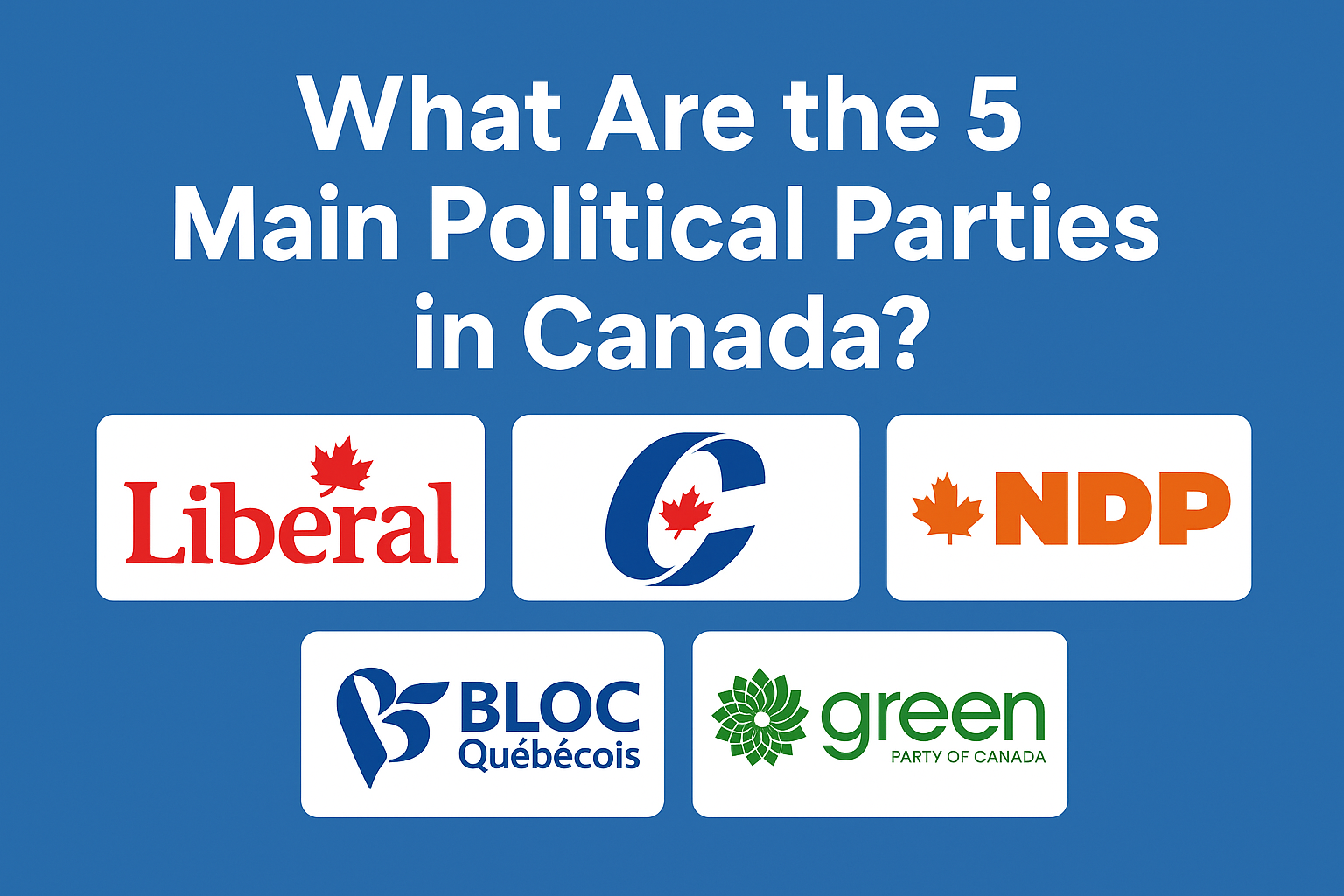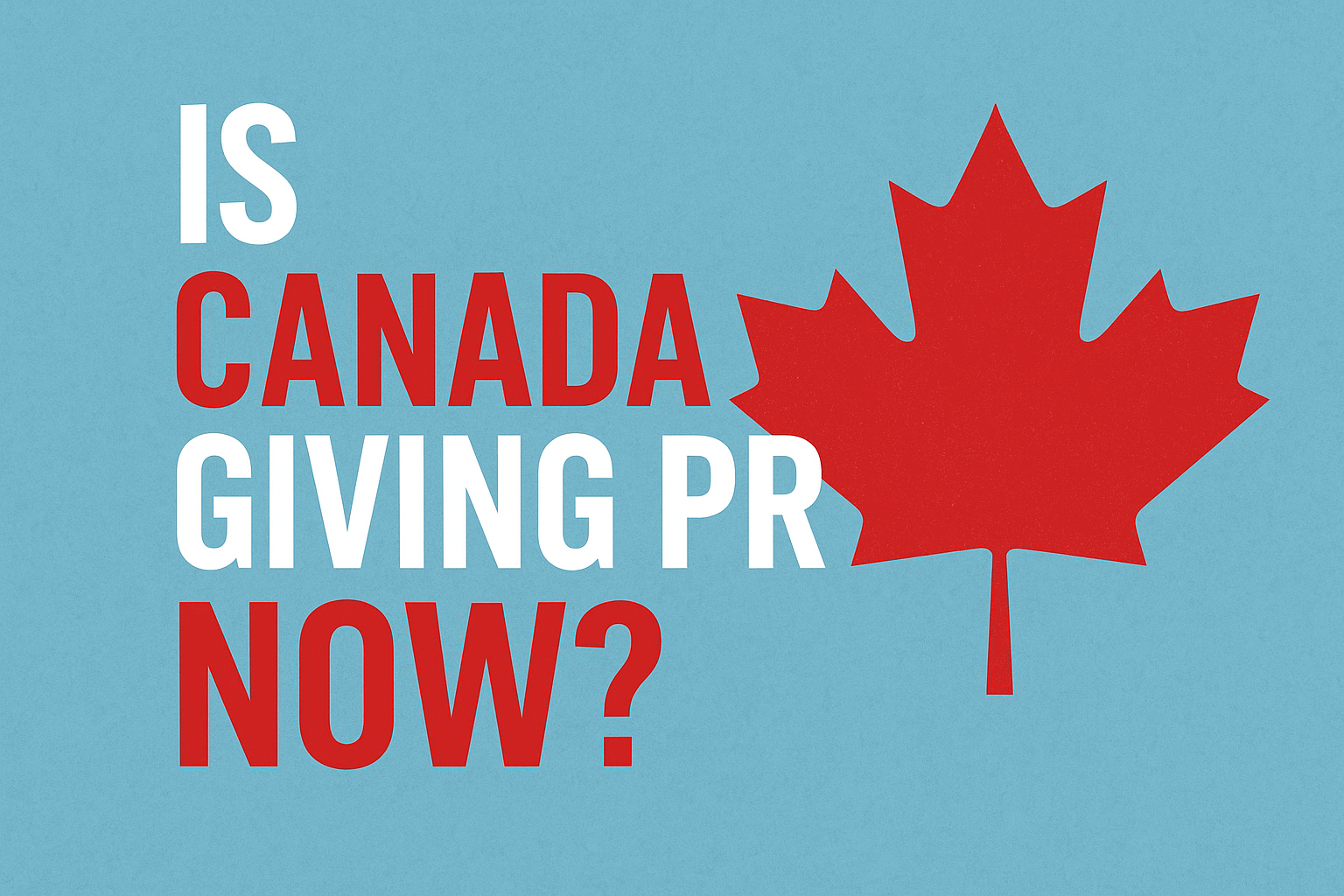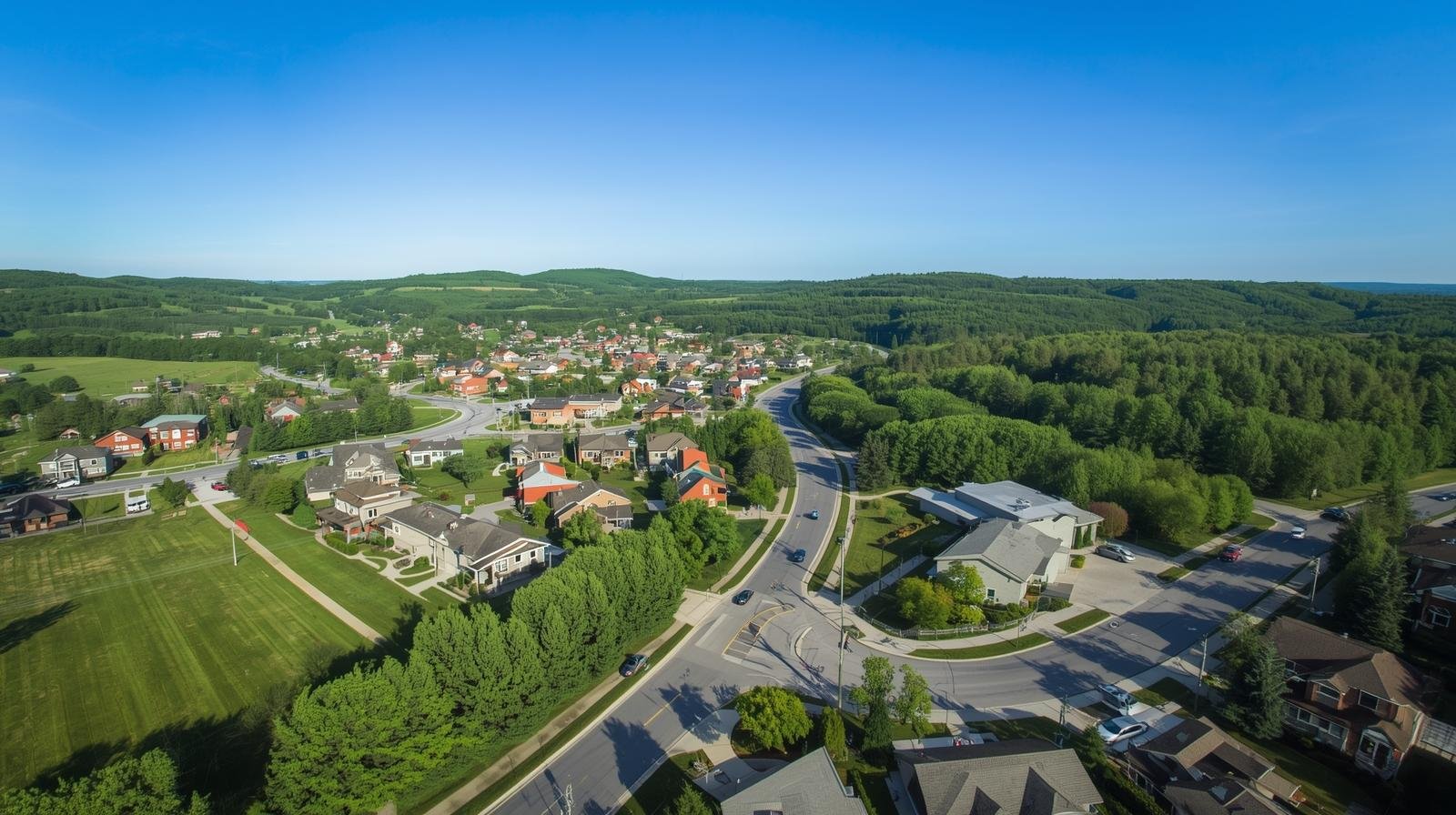What Are the 5 Main Political Parties in Canada?

Canada’s political system is one of the most stable and respected democracies in the world. It operates under a parliamentary democracy and a constitutional monarchy, where the Monarch (King Charles III) serves as the ceremonial head of state, while the Prime Minister and Parliament hold legislative and executive authority.
Understanding the five main political parties in Canada is essential to grasp how national decisions are made and how political ideologies shape public policy. Each party represents distinct values and priorities that collectively reflect Canada’s diversity and democratic principles.
In this guide, we’ll explore the five major political parties their origins, beliefs, and impact on Canadian society.
1. Liberal Party of Canada (LPC)
Overview
The Liberal Party of Canada is one of the country’s oldest and most influential political organizations. Often positioned at the centre-left of the political spectrum, the party emphasizes progressive values, social equality, and economic growth through inclusivity.
Key Details
- Founded: 1867
- Leader (2025): Justin Trudeau
- Political Position: Centre-left
- Core Ideologies: Liberalism, social progressivism, and multiculturalism
Vision and Policies
The Liberal Party advocates for:
- Universal access to healthcare and education
- Climate change action and clean energy investment
- Gender equality and multicultural inclusion
- Middle-class tax benefits and small business support
Under Justin Trudeau’s leadership, the Liberals have prioritized environmental protection, immigration reform, and digital innovation, seeking to maintain Canada’s reputation as a progressive, forward-thinking democracy.
2. Conservative Party of Canada (CPC)
Overview
The Conservative Party of Canada represents the centre-right and right-wing segment of the political spectrum. It was established in 2003 following the merger of the Progressive Conservative Party and the Canadian Alliance. The CPC promotes fiscal responsibility, personal freedom, and economic competitiveness.
Key Details
- Founded: 2003
- Leader (2025): Pierre Poilievre
- Political Position: Centre-right
- Core Ideologies: Conservatism, free enterprise, limited government
Vision and Policies
The Conservatives focus on:
- Reducing government spending and taxation
- Supporting traditional family and community values
- Strengthening national defense and public safety
- Promoting energy independence and natural resource development
The party emphasizes economic growth, job creation, and individual responsibility, appealing particularly to Canadians who favor pragmatism and traditional values in governance.
3. New Democratic Party (NDP)
Overview
The New Democratic Party (NDP) serves as the progressive voice in Canadian politics, representing the working class and advocating for social justice. It stands on the left-wing of the political spectrum, focusing on equality, labor rights, and environmental sustainability.
Key Details
- Founded: 1961
- Leader (2025): Jagmeet Singh
- Political Position: Left-wing
- Core Ideologies: Social democracy, workers’ rights, and inclusivity
Vision and Policies
The NDP champions:
- Expanding universal healthcare and affordable housing
- Raising the minimum wage and strengthening labor protections
- Addressing climate change through green job creation
- Making education more accessible and affordable
Although the NDP rarely forms the federal government, it plays a pivotal role in minority parliaments, influencing policies that favor equality, sustainability, and public welfare.
4. Bloc Québécois (BQ)
Overview
The Bloc Québécois is a regional political party dedicated to representing the interests of Quebec within the federal system. It is committed to protecting Quebec’s cultural identity, language rights, and political autonomy.
Key Details
- Founded: 1991
- Leader (2025): Yves-François Blanchet
- Political Position: Centre-left, Quebec nationalist
- Core Ideologies: Quebec sovereignty, cultural preservation, and social democracy
Vision and Policies
The Bloc Québécois promotes:
- Greater political and fiscal autonomy for Quebec
- Protection of the French language and cultural heritage
- Sustainable environmental policies
- Strengthening Quebec’s economy through regional initiatives
Although it only runs candidates in Quebec, the Bloc often plays a decisive role in federal politics, particularly in minority governments, where its support can influence national policy outcomes.
5. Green Party of Canada (GPC)
Overview
The Green Party of Canada centers its platform around environmental protection, sustainability, and social justice. Positioned at the centre-left, it prioritizes the health of the planet as an integral part of economic and social well-being.
Key Details
- Founded: 1983
- Leader (2025): Elizabeth May (Co-Leader)
- Political Position: Centre-left
- Core Ideologies: Environmentalism, sustainability, and participatory democracy
Vision and Policies
The Green Party advocates for:
- Transitioning to renewable energy and carbon neutrality
- Investing in green technology and sustainable infrastructure
- Promoting animal welfare and biodiversity
- Encouraging social equity and non-violence
While smaller in representation, the Green Party’s influence has grown as Canadians increasingly prioritize climate change and environmental accountability in political discussions.
Comparative Overview of Canada’s Main Political Parties
| Party | Founded | Leader (2025) | Position | Core Focus |
|---|---|---|---|---|
| Liberal Party of Canada | 1867 | Justin Trudeau | Centre-left | Social equality, climate action, middle-class growth |
| Conservative Party of Canada | 2003 | Pierre Poilievre | Centre-right | Economy, tax reform, national security |
| New Democratic Party | 1961 | Jagmeet Singh | Left-wing | Workers’ rights, social welfare, green policies |
| Bloc Québécois | 1991 | Yves-François Blanchet | Centre-left | Quebec sovereignty, culture, and language |
| Green Party of Canada | 1983 | Elizabeth May | Centre-left | Environmental protection and sustainability |
Conclusion
Canada’s political landscape reflects its diverse population and democratic traditions. Each of the five main political parties Liberal, Conservative, NDP, Bloc Québécois, and Green contributes unique perspectives that shape the nation’s policies and priorities.
From economic conservatism to social progressivism and environmental activism, these parties ensure that a broad range of voices are represented in Parliament. Understanding their values and visions allows Canadians to make informed decisions about the future of their country.






